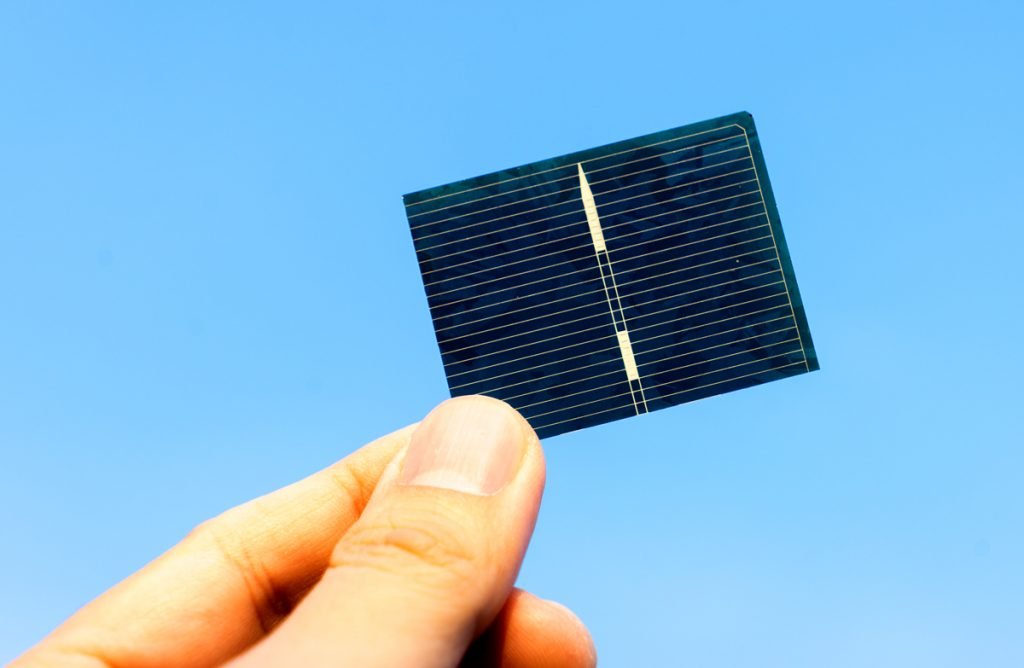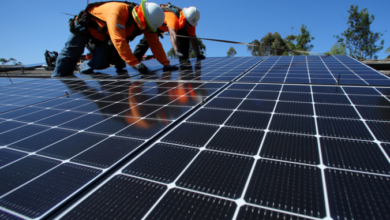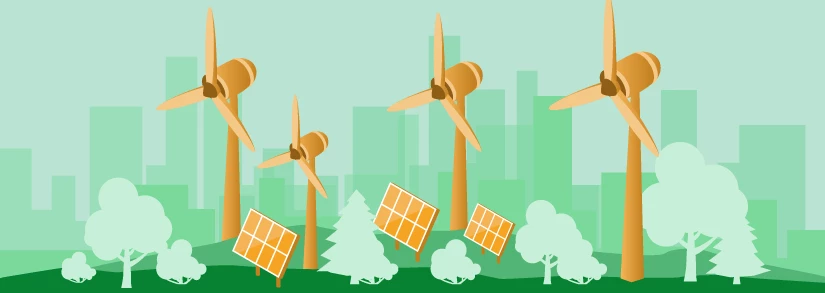
How is electricity produced in photovoltaic cells?
Photovoltaic panels or modules are made up of a series of photovoltaic cells that generate electricity from the sunlight it receives through what we call the photoelectric effect. But how is electricity produced in photovoltaic cells?
How is electricity produced in photovoltaic cells?
In order for us to better understand this topic, it is convenient that we know a bit of history about what the photoelectric effect is, which dates back to 1839 and whose person in charge is the Frenchman Alexandre-Edmond Becquerel, by placing silver chloride on a kind of acid solution , then lit it up and attached platinum electrodes to it, and there it is, electric current.
By 1883, it was the American Charles Fritts who created the first solar cell made up of a thin layer of gold, however, it had an efficiency of just 1%. This is when these inventors began to experiment with different semiconductor materials that would allow them to reach the efficiency of current photovoltaic cells.
What is a photovoltaic cell?
It is an electronic device that transforms solar energy into perfectly consumable electrical energy. In other words, it has the task of absorbing photons of light in order to release usable electrons into the electric current. So when we see a group of solar panels , for example, on a roof, they are nothing more than a group of cells working together to produce electrical energy.
Understanding this, we answer the question: How is electricity produced in photovoltaic cells?
Well, basically photovoltaic cells are made with two types of semiconductor materials, one with a positive charge and the other with a negative charge, which when exposed, in this case to sunlight, gives way to a photon hitting an electron, the which freely leaves a void to be filled by another electron and which in turn was ripped from its own atom.
Come on, so that we understand it better, the job of a cell itself is to cause free electrons to pass from one semiconductor material to another in search of any hole that it can fill, thus producing a potential difference and with it, the appreciated electric current, so there will be a flow of electricity from the higher potential point to the lower potential point until both points have the same potential.
Each and every one of the pieces of the photovoltaic cells play an important role for the correct operation, convertibility and generation of electrical energy from solar energy, without a doubt one of the greatest advances of humanity in terms of the subject. of energy that the countries of the world demand more and more every day, and that has become the ideal option due to its multiple qualities and advantages over other types of systems.






